Year 4, Lesson 1.6: Idea generation
Semester Learning Goal
Students will investigate community needs, reflect on personal values, and apply design thinking to develop a values-aligned project idea. Through research, collaboration, and iteration, they will explore what it means to do Good Work as a good person, good worker, and good citizen.
Lesson Goal
Students will generate a range of possible ideas for addressing their Capstone design question and begin prioritizing options that are innovative, realistic, and values-aligned. These ideas will help shape the prototype or plan they will refine and implement in Semester 2.
Assessment
Monitor student participation in brainstorming and sorting activities.
Review idea maps and group synthesis notes for creativity, values awareness, and alignment with the “How Might We” question.
Casel Alignment
Self-Awareness, Responsible Decision-Making, Relationship Skills
Portfolio Documentation
Lesson 1.6 Idea Sorting Sheet or Mind Map
Resources
Group brainstorming materials: markers, sticky notes, chart paper
Dice with numbered prompts for “Dice Discussions”
Jigsaw instruction slips or preassigned group roles
Mind Mapping templates (optional)
Lesson 1.6 Extension – Inspiration Walk: Using “See-Think-Wonder”
Prerequisites
Year 4, Lesson 1.5
Total Time
45 minutes
Instructions
-
In the previous class, students wrote about a “How Might We” question, that will guide and shape their capstone project. In this class, students will examine multiple ideas addressing this question, and begin prioritizing the more promising options.
Optional Opening Framing:
You’re building your skills as a good worker by thinking creatively, staying open to new possibilities, and preparing to solve problems with purpose.
1. Opener: Creative Solutions Start with Options (5 minutes)
Ask:
What happens when we jump to the first idea we think of without exploring other options?
Explain:
“We’re still in the design phase of your Capstone. You won’t be picking a final project yet—but today’s brainstorming will help you come up with strong possibilities you can test, revise, and eventually bring to life in the second half of the year.”
2. Jigsaw Brainstorming: Wide Idea Generation (15 minutes)
Divide the class into 4 groups. Assign each group a different lens through which to brainstorm ideas based on their “How Might We” questions:
Lens A: Low-cost / no-cost solutions
Lens B: Short-term / immediate actions
Lens C: Long-term / sustainable change
Lens D: Creative / unexpected approaches
Each student writes 2–3 ideas in their group’s category. After 8–10 minutes of small group brainstorming, reorganize students into new groups where each student is an “expert” from a different brainstorming category (i.e., classic jigsaw structure).
Students then take turns presenting ideas from their original groups and discussing how the categories interact.
3. Mind Mapping: Visualizing Possibilities (10 minutes)
Have students return to their individual seats. Distribute blank paper or optional mind map templates.
Ask students to write their “How Might We” question in the center of the page and build branches around it with the ideas that most excited them from the jigsaw session. Encourage visual connections, color coding, or symbols for different types of projects (e.g., creative, realistic, values-based).
4. Dice Discussion: Prioritizing What Matters (10 minutes)
Put students back into small groups.
In small groups, pass around a regular six-sided die, a large foam die, or use virtual dice online. Each number on the die corresponds to a discussion prompt:
1- Which idea seems the most doable?
2- Which idea is the most creative?
3- Which idea reflects your values the most clearly?
4- Which idea might have the biggest impact on others?
5- Which idea would be hardest to implement—and why?
6- Wild card: combine two ideas into one hybrid solution!
Students take turns rolling the die and discussing the prompt using the ideas from their own mind maps or jigsaw groups.
5. Closing Exit Ticket (5 minutes)
Ask students to circle or star 2–3 ideas from their mind map or notes that they are most interested in exploring further.
Ask students to complete the Lesson 1.6 Exit Ticket
Have students keep their brainstorming sheet or mind map and this exit ticket response in their Good Work Portfolio for future reference.
Optional Extension – Inspiration Walk:
Take a short walk through your neighborhood, school, or local area. Look for a space, object, or sign that sparks an idea or could be improved. Sketch or write what you noticed and how it might connect to your “How Might We” question.




